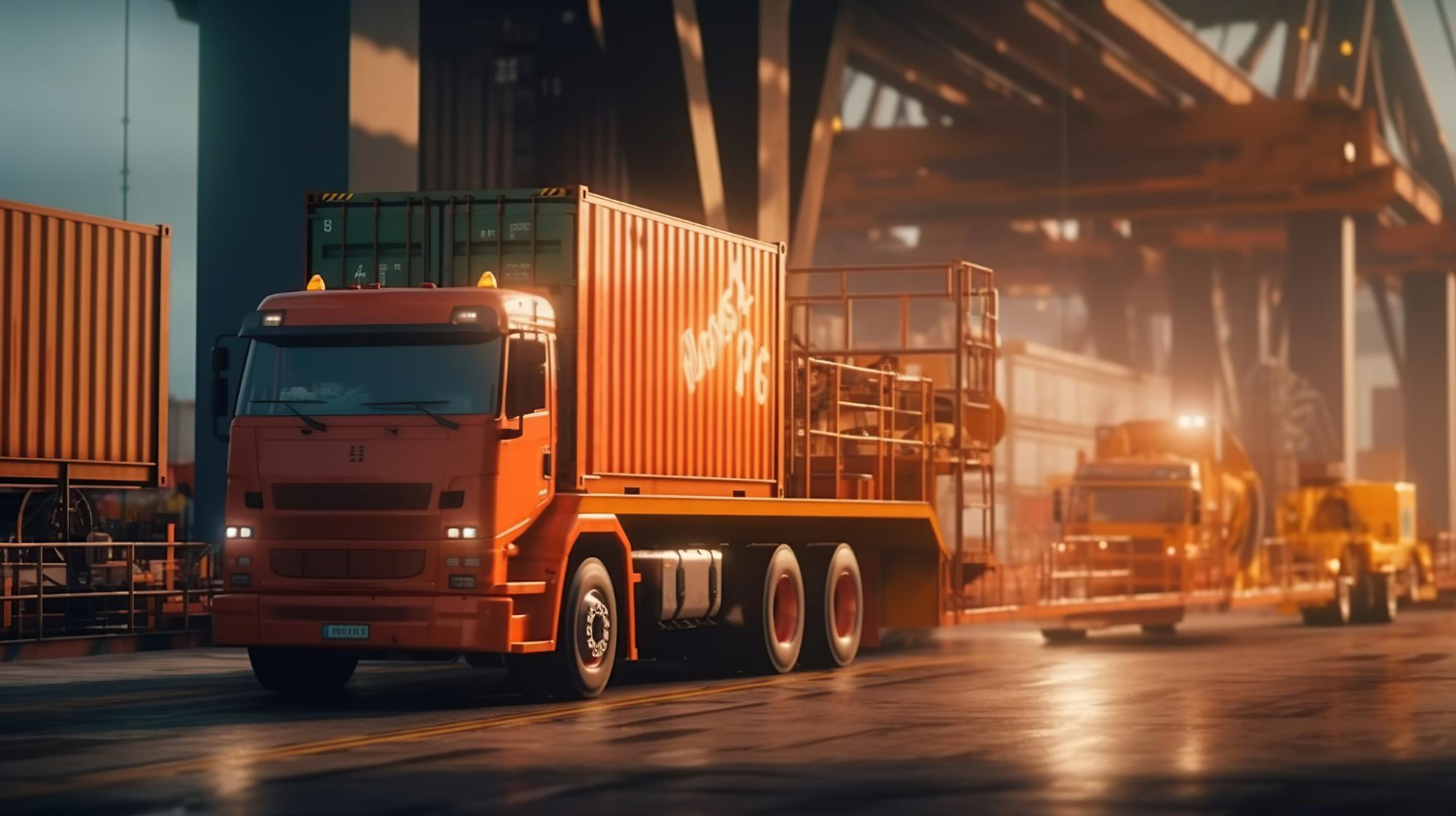multichannel customer support
Logistics in the Digital Age: 5 Game-Changing Technologies

In the digital age, the world of logistics is undergoing a transformation like never before. With
the rise of e-commerce and global trade, the pressure is on for logistics companies to deliver
faster, more efficiently, and more reliably. How do they keep up? The answer lies in
technology. Let’s explore five game-changing technologies that are reshaping the logistics
industry.
1. Autonomous Vehicles and Drones
Imagine a world where your packages are delivered not by a human driver, but by a
self-driving vehicle or even a drone. Autonomous vehicles and drones are no longer just
sci-fi fantasies. They are becoming a reality in logistics, offering a solution to reduce human
error, increase efficiency, and even reach remote areas. Drones, for instance, can bypass
traffic and navigate to hard-to-reach places, making them ideal for urgent or last-mile
deliveries.
Real-Life Scenario
Consider living in a remote area and ordering critical medicine. Instead of waiting days for a delivery truck, a drone delivers it to your doorstep within hours. This isn’t a distant future scenario – companies like Amazon are already experimenting with drone deliveries.
Real-Life Scenario
Consider living in a remote area and ordering critical medicine. Instead of waiting days for a delivery truck, a drone delivers it to your doorstep within hours. This isn’t a distant future scenario – companies like Amazon are already experimenting with drone deliveries.
2. The Internet of Things (IoT)
The Internet of Things (IoT) is revolutionizing logistics by enabling real-time tracking and
monitoring of goods. IoT devices can be attached to packages, containers, or vehicles,
providing constant data on location, temperature, humidity, and more. This not only
enhances visibility into the supply chain but also helps in predictive maintenance of vehicles
and equipment.
How It Works
Imagine a shipment of perishable goods. IoT sensors inside the container constantly monitor the temperature and alert the logistics team if it goes beyond the safe range. This proactive approach ensures the quality of goods and reduces waste.
How It Works
Imagine a shipment of perishable goods. IoT sensors inside the container constantly monitor the temperature and alert the logistics team if it goes beyond the safe range. This proactive approach ensures the quality of goods and reduces waste.
3. Blockchain Technology
Blockchain is not just for cryptocurrencies. In logistics, blockchain offers a secure and
transparent way to track transactions and movements of goods. By creating a tamper-proof
ledger of all transactions, blockchain can help reduce fraud, manage risk, and improve trust
among all parties in the supply chain.
The Blockchain Impact
Consider the complexity of international shipments, involving multiple parties and regulations. Blockchain can provide a unified and secure record, accessible to all stakeholders, ensuring transparency and reducing delays caused by paperwork and disputes.
The Blockchain Impact
Consider the complexity of international shipments, involving multiple parties and regulations. Blockchain can provide a unified and secure record, accessible to all stakeholders, ensuring transparency and reducing delays caused by paperwork and disputes.
4. Advanced-Data Analytics
Data is the new oil, and in logistics, advanced analytics can turn this data into actionable
insights. By analyzing patterns and trends, logistics companies can optimize routes, predict
demand, and even identify potential supply chain disruptions before they happen.
Predictive Power Imagine a logistics company predicting a surge in demand for certain products in a region. By analyzing data from various sources, they can pre-position goods, reducing delivery times and capitalizing on market demand.
Predictive Power Imagine a logistics company predicting a surge in demand for certain products in a region. By analyzing data from various sources, they can pre-position goods, reducing delivery times and capitalizing on market demand.
5. Robotics and Automation
Robotics and automation are not just about replacing human labor; they’re about enhancing
efficiency and accuracy. In warehouses, robots can pick and pack orders, sort items, and
even load and unload vehicles. This speeds up the process and reduces errors, leading to
faster and more reliable service.
Robots at Work
Visualize a warehouse where robots work alongside humans. Robots handle repetitive tasks like lifting heavy goods, while humans focus on quality control and complex tasks. This synergy can dramatically increase the efficiency of logistics operations.
Robots at Work
Visualize a warehouse where robots work alongside humans. Robots handle repetitive tasks like lifting heavy goods, while humans focus on quality control and complex tasks. This synergy can dramatically increase the efficiency of logistics operations.
The Human Touch in a High-Tech World
While technology is transforming logistics, the human element remains crucial. The success
of these technologies depends on the people who design, implement, and manage them.
Training and adapting the workforce to work alongside these technologies is as important as
the technologies themselves.
As we look to the future, these technologies will continue to evolve and integrate, creating a
logistics landscape that is more efficient, transparent, and responsive than ever before. The
challenge for logistics companies will be to stay ahead of the curve, continuously adapting
and innovating to meet the demands of a rapidly changing world. Embracing these
technologies is not just an option for logistics companies; it’s a necessity to stay relevant and
competitive in this fast-evolving landscape
